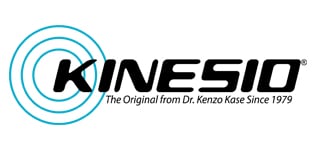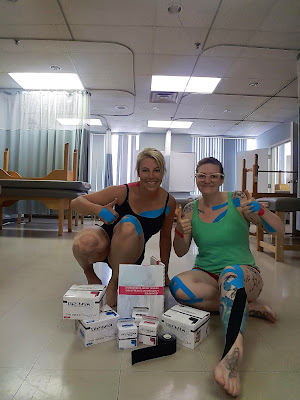What is Cupping?
Cupping brings the ancient art of cupping to the modern-day massage therapy practice. This modality allows a unique approach to the fascia layer and body fluids. Cupping has an ability to affect deeper tissue, remove facial restrictions and increase range of motion. At The Coach House Therapeutic Centre, our therapists use *Silicone Cups.
*Silicone Cupping- This uses flexible silicone cups. The cup is popped inside out, placed on the client and released on the skin to create a suction effect. This type of cupping often the most gentle and causes the least amount of cupping marks.
History
Cupping is very old medicine, said to have been around for thousands of years. Though it has been more common in Chinese Medicine, Cupping has become more popular in other modalities. This is due to the new kinds of cups and research dedicated to the effectiveness of cupping with massage.
What are cupping marks?
When the cup is first applied, there is an original redness that comes to the surface, on some people more than others. It has a lot to do with skin type, and the amount of heat in the local area. The redness is created when the blood vessels expand, and a histamine-like substance is released. This is a sign that the immune response has just been stimulated. Often, if gliding cupping is preformed to even out the tissue and recirculate the stale blood vessels, marks can be dispersed and avoided.

Other Side Effects
- Bruising
- Feeling Light-headed
- Extreme Thirst
- Tenderness Where Cup Was Applied
Cupping Techniques
Stationary cupping- The cup can be placed in one area for 5-20min. Great for chronic pain and hypertonic muscles
Fast Cupping- Also known as cup and release, the cups are placed along the spine and are quickly released. Great for tension and lung health.
Gliding Cupping- the cups move freely over assessed area. Great for circulation, fascial release, scar tissue and moving fluids.
Does it hurt?
The silicone cups are very gentle. Once the cup is placed on, you may or may not feel it. Gliding cupping can feel just like a massage or someone lightly stroking your back. In some areas you may feel a pulling sensation. Cupping does not have to be painful or uncomfortable. But just like any massage, make sure to let your therapist know if it is causing any discomfort.
Benefits of Cupping/ Who can have cupping?
Cupping is very safe and can be used on everyone. Depending on your treatment plan and current health, we can assess the tissue and decide if cupping is right for you. .
- Benefits for Receiving Cupping
- Pain relief
- Relaxation
- Increased supplements to stiff muscles and tendons
- Movement of lymph
- Increased synovial fluid to joints
- Increased circulation and detoxification to area
- Contraindications for Cupping
- Fever
- Cramping or Spasm
- Some Skin Conditions
- Deep Vein Thrombosis
Cupping can bring relief and improve quality of life to the following;
- Scar Tissue
- Fascial Restrictions
- IT Band Contracture
- Lymph Movement
- Muscle Soreness/ Tightness
- Digestion
- Clearing Lungs and Sinuses
- Plantar Fasciitis
- Trigger Points
- Rib Muscle Restrictions- COPD
- Carpal Tunnel
- Tennis Elbow
- Headaches
- Chronic Pain

Therapists that are trained in Cupping and their hours;
- Azita Asadian
- Mon/Tues/Thurs/Fri 2pm-Close
- Wed 8am-1pm
- Saturday 10am-4pm
- Christina Mosey
- Mon/Wed/Fri 2pm-Close
- Tues/Thur 8am-1:30pm
- Dr Jessica (with trigger cups)
- Mon/Fri 1:30pm- 5:30pm
- Wed 9:15am- 11:30am
- Thurs 2:30pm- 7pm
If you have questions about anything mentioned in this blog or for booking contact Azita or Christina directly by e-mail: info@thecoachhousetc.ca or azita@thecoachhousetc.ca
Photos by robyn louise photography (http://robynlouisephotography.com/)
Disclaimer: The information contained in these topics is not intended nor implied to be a substitute for professional medical advice, it is provided for general educational purposes only. This information shouldn’t take the place of seeing your primary care provider for individualized health recommendations.











